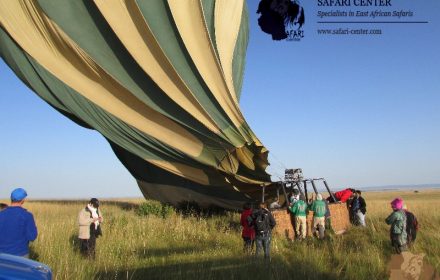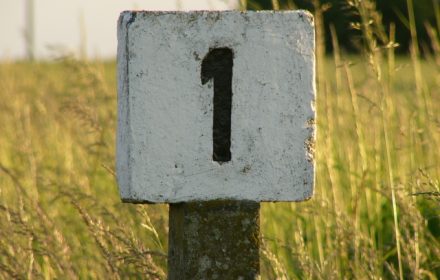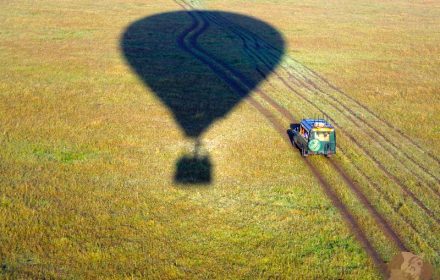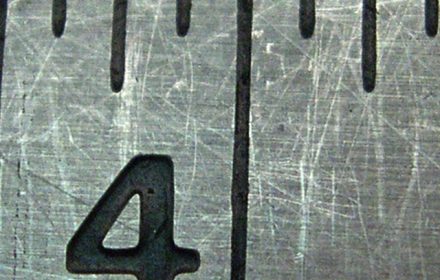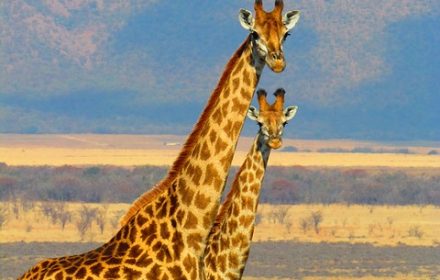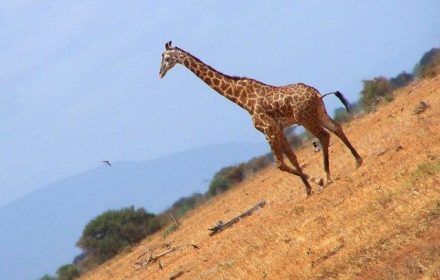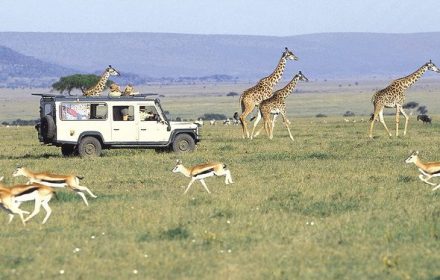Hot air balloon is one of the most marvelous inventions of humankind. However, it is the simplest aircraft ever made. It consists of just 3 components. A basket, a burner and an envelope make up a hot-air balloon. People have been using these same three components to operate hot-air balloon ever since its invention by the Montgolfier brothers in the 18th century. Although the sophistication level and standard is higher now, it is still composed of just those three things. The only difference between now and then is that advanced technology has enabled it to fly higher, faster and safer.
June 9, 2021
Adventure tourism is a fast-growing category in the holiday sector due to unforgettable memories. It supports local communities, encourages sustainable practices, and attracts high-value customers. Thus, the growth of this sector benefits destination economies, their tourism, the environment, and their people. It is alleged that ballooning is magical and once in a lifetime experience. Balloon flights grab the attention of any adventure-loving tourist. They are now available from the beach towns in Australia to the wildlife reserves in Africa. A perfectly managed and well-designed ballooning experience can lead not only to positive word of mouth but also to high satisfaction.
An hot air balloon safari in the savannas of Kenya is a wonderful experience, which lingers even after the balloon ride. A typical hot-air balloon ride lasts for about an hour. Weather conditions are best just after sunrise and two hours before sunset because light winds often occur during these timings making for easier ascent and descent. Passengers feel absolutely no wind because the balloon moves with it. The best and the fun part of the ride happens once the balloon is grounded. A luxurious champagne breakfast is served at the landing site in the wild as the ride ends.
Travel to Kenya to enjoy a hot-air balloon safari
There are nine species of giraffes. They are Reticulated or Somali giraffe, Kordofan giraffe, Nubian giraffe, South African or Cape giraffe, Angolan or Smokey giraffe, West African or Nigerian Giraffe, Rhodesian or Thornicroft giraffe, Rothschild or Ugandan giraffe and Maasai or Kilimanjaro giraffe. Each of them is differentiated by range as well as by the color and size of coat patterns. The taxonomy of the different species is not widely agreed. Some scientists regard West African and Kordofan giraffes as a single subspecies, the same way with Rothschild and Nubian giraffes, as well as with South African and Angolan giraffes.
The giraffe has a distinctive coat pattern that covers its entire body except the underbellies. The pattern stands out in some a bit more than the others. Its skin color is tan with dark brown patches on males and light brown patches on females. The patches can be sharp or fuzzy edged; brown or cream shaded; yellow to black in color; and large, medium or small in size. The shapes, colors and sizes of the patches as well as the whiteness surrounding them and the separation between spots vary by subspecies. The spotty coat of giraffes serves 4 major functions.
Instinctively, female giraffes return to the place where they were born to give birth. They give birth while standing, and the placenta sack bursts when the baby falls headfirst to the ground. The calves receive a rough welcome, falling over five feet to the earth. So, the first thing a calf experience is a sudden drop onto the hard, cold ground, but it never gets hurt. The calves can run within an hour after birth. Sometimes it is left alone by the mother for most of the day. During times like this, the calf remains quiet until the mother returns.
Travel to Kenya to get to know the giraffes
Wildlife had declined by about 2 thirds since the 1970s. The main causes of decline in wildlife numbers in Kenya include land pressures, population growth, sedentarization, drought, poaching, over-harvesting, habitat loss, climate change and ecosystem degradation. But the most serious is settlement and subdivision. Wildlife numbers in the country declined sharply following the subdivision of land. The migratory herds of zebra, wildebeest, eland, and other species had all vanished due to the impact of burgeoning permanent settlements as well as privatization in the open pastoral lands. Several smaller migratory species including impala, Thomson’s gazelle, oryx, and kongoni have declined too.
The 2 famous tourist lakes of Kenya are lake Naivasha and lake Nakuru. Lake Naivasha is a freshwater lake situated in the southwest of Naivasha town at an altitude of 1,884m and is at the highest elevation of African rift valley. The lake is approximately 100km from Nairobi at the foot of Mount Longonot, which is a perfectly shaped volcano. Lake Nakuru is in East African part of the great rift valley, which is 156km northwest of Nairobi in the district of Nakuru. There are some rocky outcrops as well as the largest African euphorbia forest on the eastern side.


